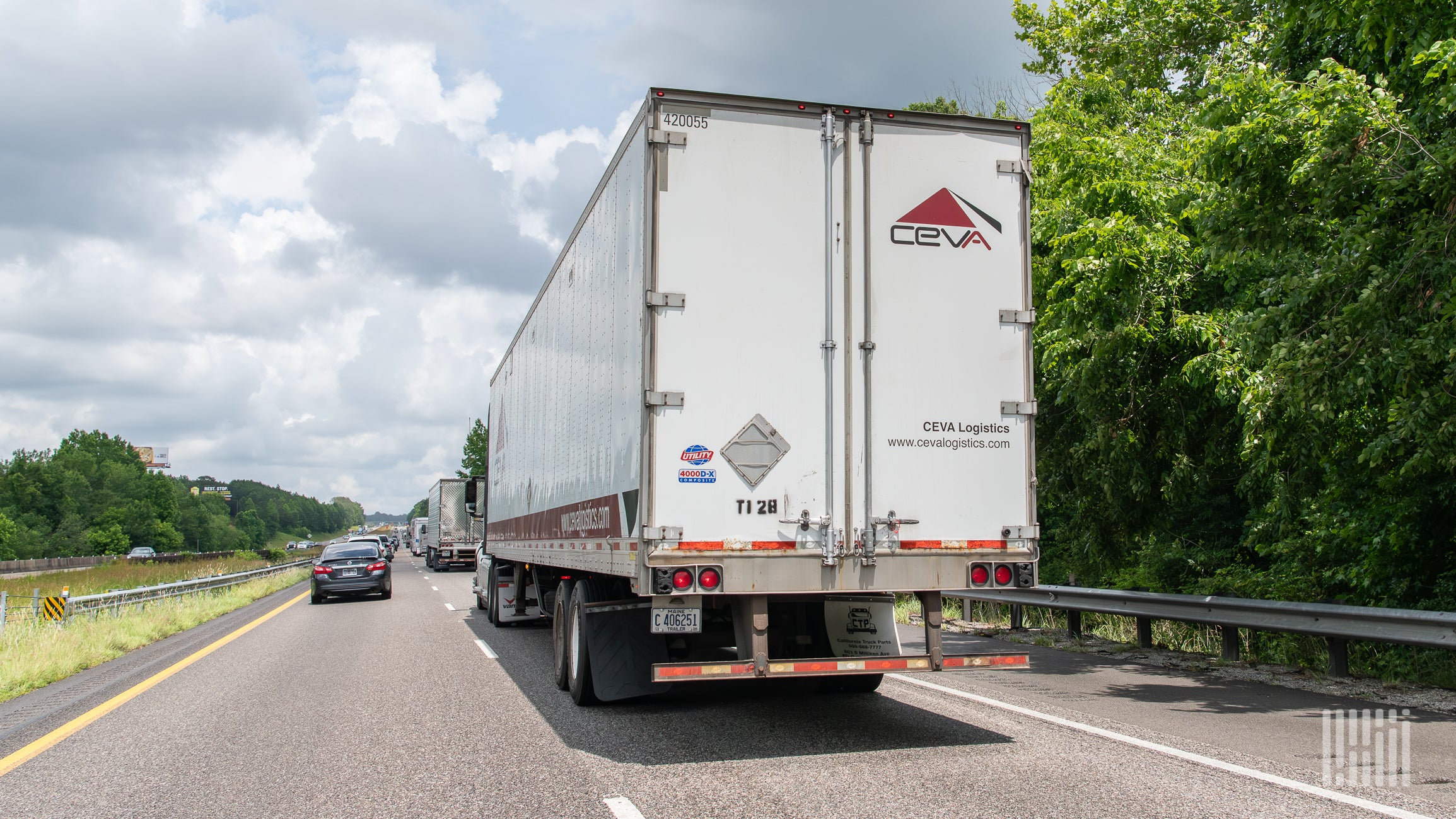Let’s be blunt: cruising the highways without a reliable truck route app is like navigating blindly. You can hope your Garmin sorts it out—or you can use a tool purpose-built to keep you on the right roads, avoid OTR no-go zones, and land you at the dock on time. In this article, we’ll break down the best apps for a truck driver’s needs—built for safety, compliance, and dollar-per-mile logic—all in my no-nonsense, actionable style.
Why You Need a Truck-Specific App
Most navigation apps were made for passenger cars. They’ll happily route you down a 10-foot clearance underpass or a weight-restricted bridge—and the result is more than a missed turn. It’s a blown tarp, a traffic ticket, or worse.
Truck route apps take your rig’s size, weight, and cargo into account—and layer on traffic, weigh station alerts, and preferred truck stops. That’s how you avoid surprises, streamline hauls, and protect your margins.
What Makes a Great Truck Route App?
Before we dig into names, here’s what separates a truck-specific app worth using from one that’s just a waste of screen space:
- Build-for-truck routing – Routes that account for height, weight, length, and hazmat.
- Real-time truck stop and fuel station data – Including diesel prices and parking availability.
- Traffic and weather overlays – It’s more than GPS—it’s real-time situational awareness.
- Weigh station alerts – Live info on closures, inspections, bypasses.
- Hands-free, easy UI – Voice direction, big buttons, and minimal tap steps while driving.
If your app doesn’t match at least four of these, toss it and get serious.
The Best Options on the Market
Trucker Path
- Why it stands out: Longtime favorite among owner-operators—for good reason. Excellent database of truck stops, rest areas, and parking availability.
- Pros: Free tier, parking availability tracker, trip planning tools.
- Cons: Car routing defaults sneak in if you’re not paying close attention; ads in the free version.
- My take: Great starting point—trustworthy, widely used, and constantly updated by drivers themselves.
Rand McNally TND App
- Why it stands out: Mobile version of the real-deal Rand McNally systems. Truck-safe routing, offline map support.
- Pros: Reliable truck-specific routing, first-time-use tuning options, no surprises on route.
- Cons: Requires premium subscription, less intuitive UI than consumer apps.
- My take: Worth every penny if you prefer Rand’s ecosystem and want offline reliability without mystery detours.
Google Maps + Rig Filters
- Why it stands out: Simple interface with a free price tag—now with routing filters for trucks.
- Pros: Familiar UI, real-time traffic, satellite view, multimodal routing.
- Cons: Lacks weigh station alerts, parking availability data, and full restrictions info in many regions.
- My take: Good backup. Works well once you know your route has minimal restrictions. Don’t rely on it exclusively.
Samsara Driver App
- Why it stands out: Integrated with Samsara fleet management—offers smart routing with real-time fleet and vehicle data.
- Pros: Live optimization, pre-trip checks, available via company integration.
- Cons: Only if your carrier subscribes to Samsara. Not intended for freelance owner-ops.
- My take: If your fleet already uses Samsara, this app brings operational visibility and formatting continuity to the cab.
Waze + Custom Hazmat Layer
- Why it stands out: The crowdsourced legend. Fastest routes—but only if you’re willing to customize your route notifications and offline shortcuts.
- Pros: Real-time crowd-based traffic, voice directions, hazard alerts.
- Cons: Not built for trucks. Must set preferences manually, and it trusts the community data, not DOT maps.
- My take: A powerful tool— but use with care. Useful for traffic insights, but never let it override your hard stops.
How to Choose—Based on Your Driving Style
- Carrier/Company driver? Match your fleet’s platform. Consistency beats scattered tech.
- Owner-Operator on regular lanes? Pick Trucker Path or Rand McNally based on budget and whether offline maps matter.
- Occasional runs through urban zones? Keep Google Maps on deck as a traffic fallback.
- Fuel stops and parking are mission-critical? Go Trucker Path. Its parking and diesel data is unmatched.
- Tech-savvy enough to tweak? Waze + truck filters give speed, notification customization, and powerful rerouting.
- Pre-trip plan: Plug in your endpoints, confirm you’re on a rugged truck-safe route. Don’t rely on default options.
- Layer your apps: Have primary, backup, and traffic tools enabled. If Trucker Path says the road is closed, double-check in Google Maps or Waze.
- Practice reroutes: You’re not pulling off for a passenger detour—you’re rolling truck-first. Make sure alternate routes respect your clearance and weight.
- Log weigh stations: Even if automated, use these apps to plan time and avoid the panic at a gate.
- Review given lanes with dispatch: Route anomalies cost dollars. Share questionable turns, tolls, and slow zones so your dispatcher can flag their lanes next time.
Final Word
The best route app is the one you treat as a tool instead of a toy. Use it consistently, cross-check it, and account for truck-specific rules—not just the fastest mile. Whether it’s Trucker Path, Rand McNally, or a combo of tools, commit to real-world use and routine updates.
Because in trucking, every missed turn, hidden bridge, or unplanned stop hits more than time—it hits your bottom line. Get smart, stay sharp, and let your tools work for your business—not the other way around.
FAQs
The best truck route apps allow drivers to input their vehicle’s specific dimensions (height, weight, length) and even hazmat classifications. The app then uses this information, combined with extensive databases of road restrictions, to generate routes that avoid low bridges, weight-restricted roads, sharp turns, and other areas unsuitable for commercial vehicles. Many also provide audible and visual warnings if a driver deviates onto a restricted road.
Yes, a key advantage of top truck route apps is their ability to provide real-time data. Many integrate with traffic networks (like DOT 511), user-generated reports, and other sources to offer live traffic updates, alerts for accidents, construction, and road closures. Additionally, popular apps often feature community-driven updates on truck stop availability, real-time parking spot occupancy (often marked as full, some, or empty), and current fuel prices, helping drivers plan efficiently.
While many truck route apps are highly beneficial for long-haul drivers due to their extensive network coverage and features like multi-stop trip planning and HOS compliance tools, they are also valuable for local and regional drivers. Features like real-time traffic updates, hazardous material routing, and the ability to customize routes for specific vehicle types make them adaptable for various commercial driving needs, helping all truckers navigate safely and efficiently.


